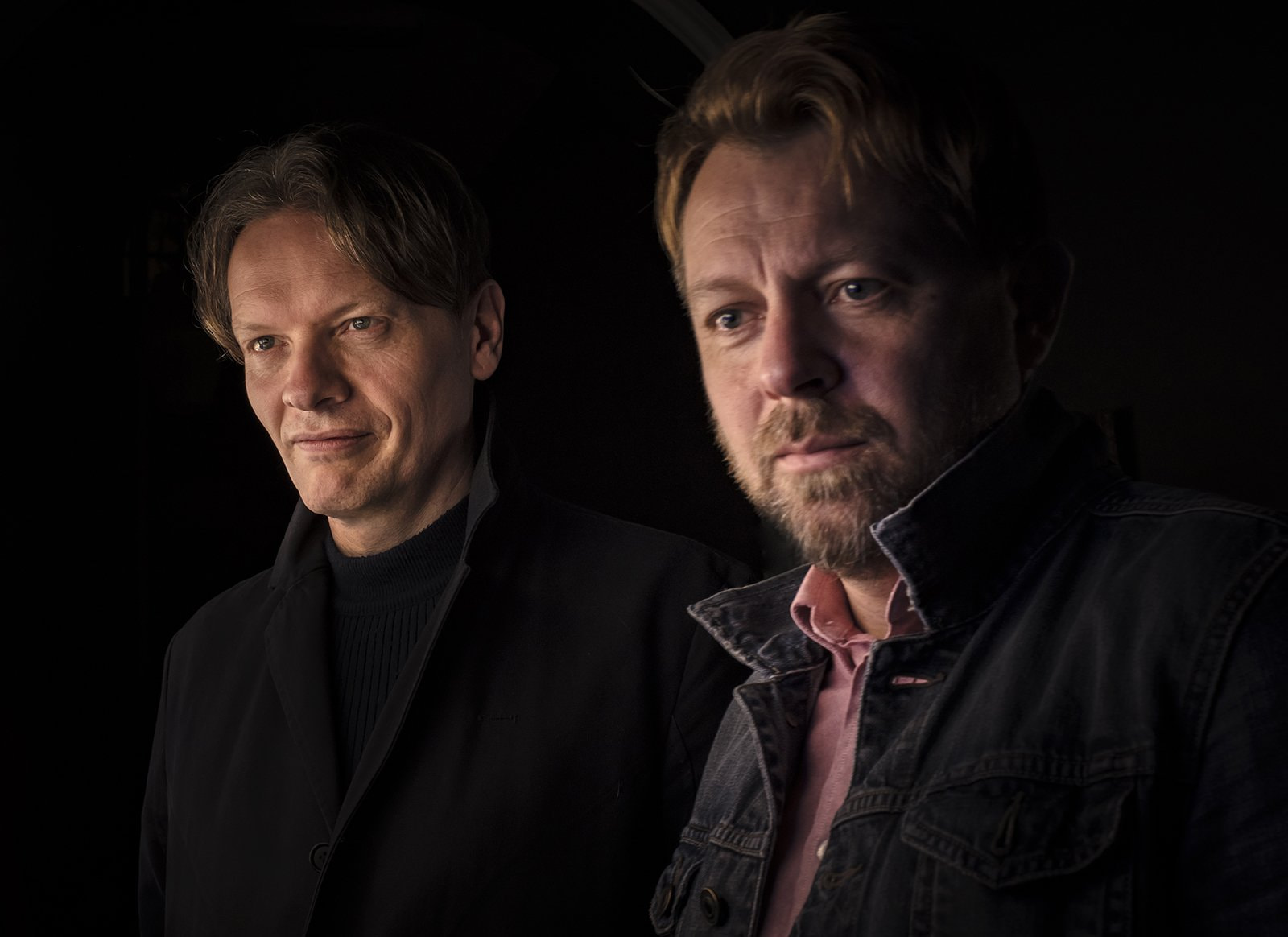ROENTGENIZDAT
In this extract from his book X-Ray Audio: The Strange Story of Soviet Music on the Bone musician Stephen Coates tells the fascinating story of the x-ray discs which make up the exhibition Bone Music.
Many older people in Russia remember seeing or hearing strange, vinyl type flexi-discs when they were young. They were called “bones” or “ribs” and contained music forbidden by the Soviet censor. They originated in the period 1946 to 1964, when the sound of such music became completely associated with images of the human skeleton. For, in a time when the recording industry was controlled by the state, music lovers and bootleggers discovered an extraordinary alternative means of reproduction: they learned to re-purpose used x-ray film as the base for making their own records.
This is a story in which so many things intersect: cold war history, vinyl culture, recycling, recording technology, censorship, human ingenuity and, of course, music. These discs were analogue recordings produced laboriously one by one in real time: each one looked and sounded different to all the others, and each one represented a risk to those who made, traded, and played them.
They are roentgenizdat, private x-ray publications. They can be grouped within a family of dissident Soviet cultural activity that includes the samizdat private publication of forbidden literature, the tamizdat smuggling of literature abroad for publication, the magnetizdat sharing of music via reel-to-reel tape recorders and, in the 1920s and 1930s, the private copying and circulation of forbidden songs on sheet music.
It is impossible to piece together a neat overview to explain the long and labyrinthine history of musical prohibition in the Soviet Union. In the early years of the revolution, experimentation was encouraged in the search for an appropriate soundtrack for the new society. Developments in electronic music were way in advance of those in the West. But as the cultural censor took hold, songs, artists, and styles came in and out of official sanction with bewildering frequency. Composers such as Shostakovich could be lauded and then condemned, though he still managed to incorporate forbidden styles within film scores by presenting them as parodies or having them performed by the bad guys. Once-famous and hugely popular artists like Vadim Kozin fell from grace, were imprisoned, and might be allowed to perform privately, but not to record. Quotas for permissible non-Russian or dance music to be played on the radio were issued and revised. Certain American films and music were allowed, for a while at least. Bona-fide Western jazz gramophone records were sometimes sold in official stores or played on the radio, but confiscated at other times.
The x-ray bootlegs are skin-thin slivers of do-it-yourself punk protest compressed with deep layers of time, oppression, culture, and hope.
It is difficult to avoid forming the opinion that what was allowed was just whatever Stalin, Zhdanov, and those in charge liked. And as we know, dictators generally like things big and like things simple. They don’t like jazz.
So jazz is one of the styles that appeared on x-ray records. Jazzy, Latin rhythms like the foxtrot, the samba, the rumba, and the tango were prohibited and often appear on bones, even though they don’t seem particularly counterrevolutionary. The rock ‘n’ roll that followed jazz in the West was, of course, also prohibited. But it was wildly popular amongst bootleg buyers. Bill Haley’s “Rock around the Clock” achieved almost mythical status. Its lyric of “One, two, three o’clock, four o’clock rock” could hardly be described as anti-Soviet, or anti-anything, but the song’s instruction to ignore everything in favor of non-stop dancing would have irritated the authorities as much as it delighted young listeners.
The x-ray bootlegs are palimpsests: objects made for one purpose but reused for another. They are skin-thin slivers of do-it-yourself punk protest compressed with deep layers of time, oppression, culture, and hope. These records were made in a time when music mattered so much that people were prepared to go to prison for it. Of course, there are places in the world where music and culture are still censored—in communist North Korea, in some Islamic countries—and it is not so long ago that musicians were targeted by death squads, but we live in a time when music offers no risk, no danger. What does that make it now worth?
